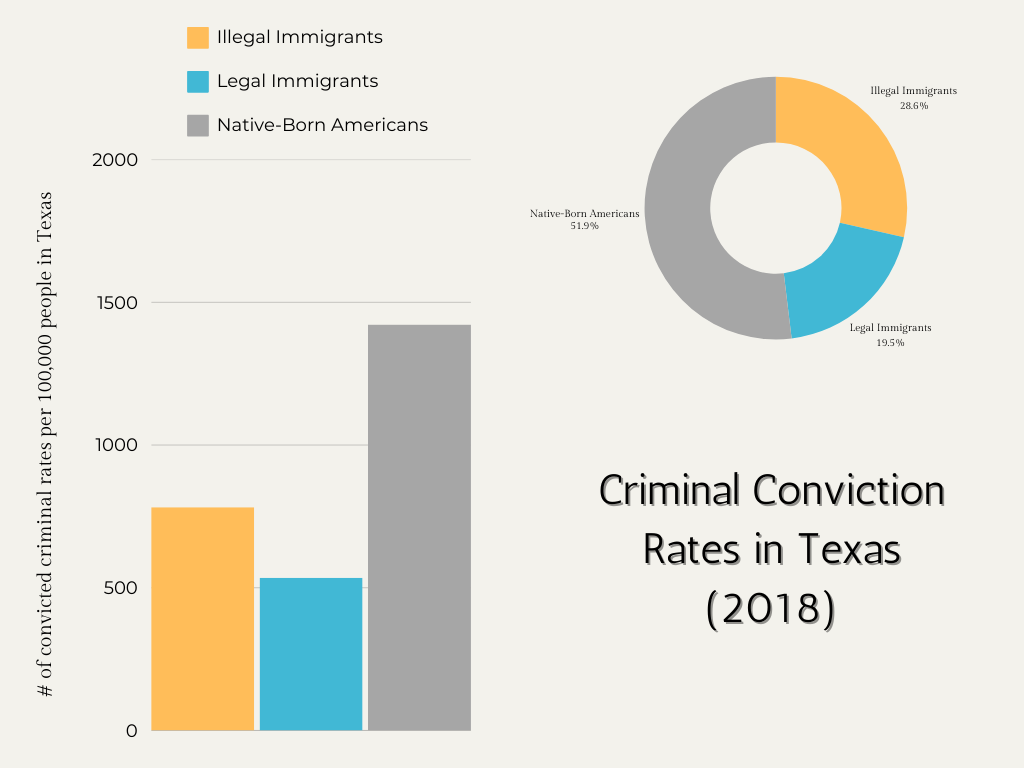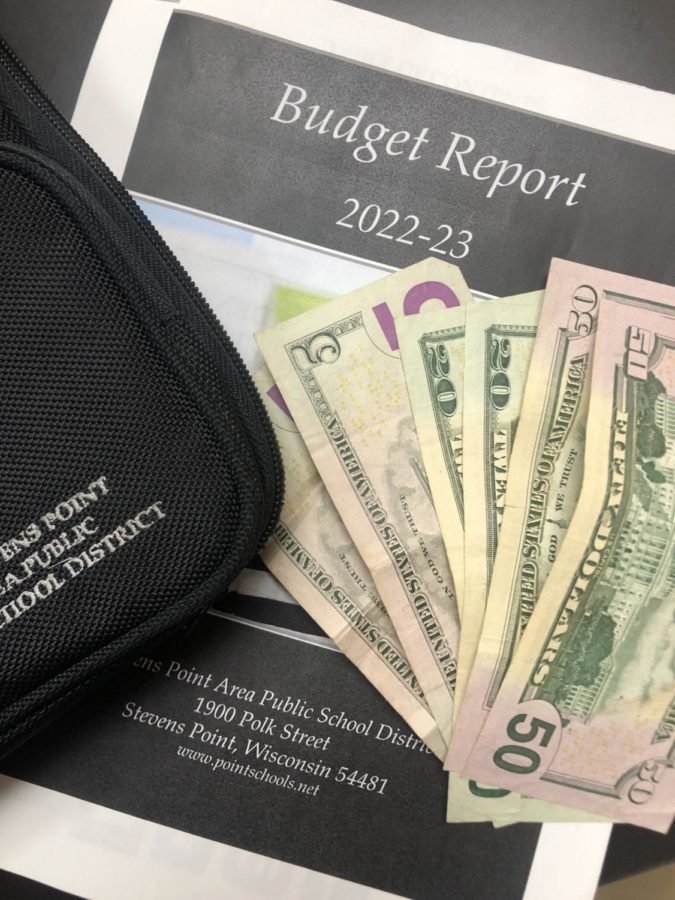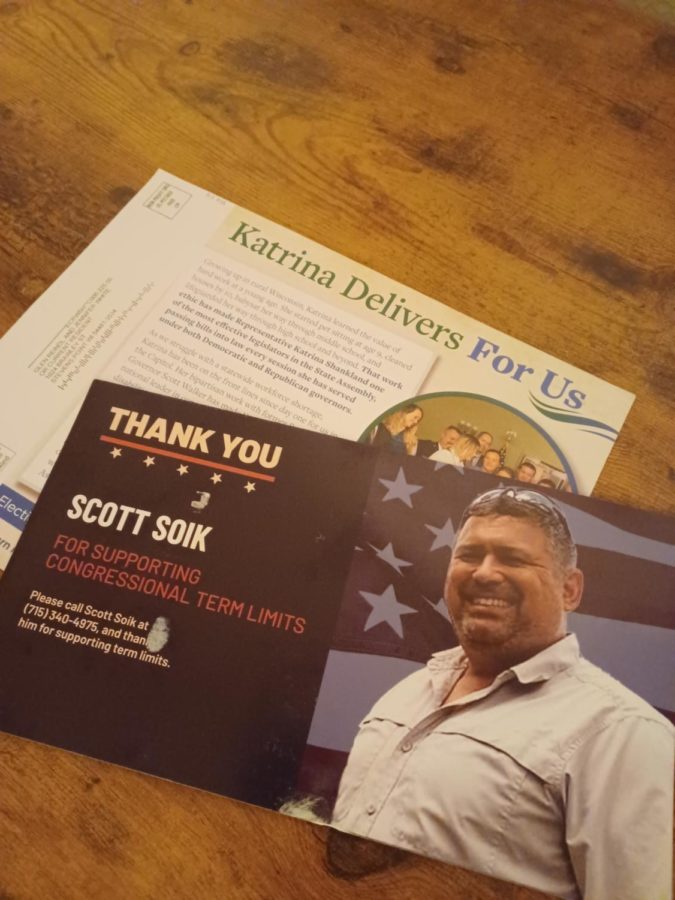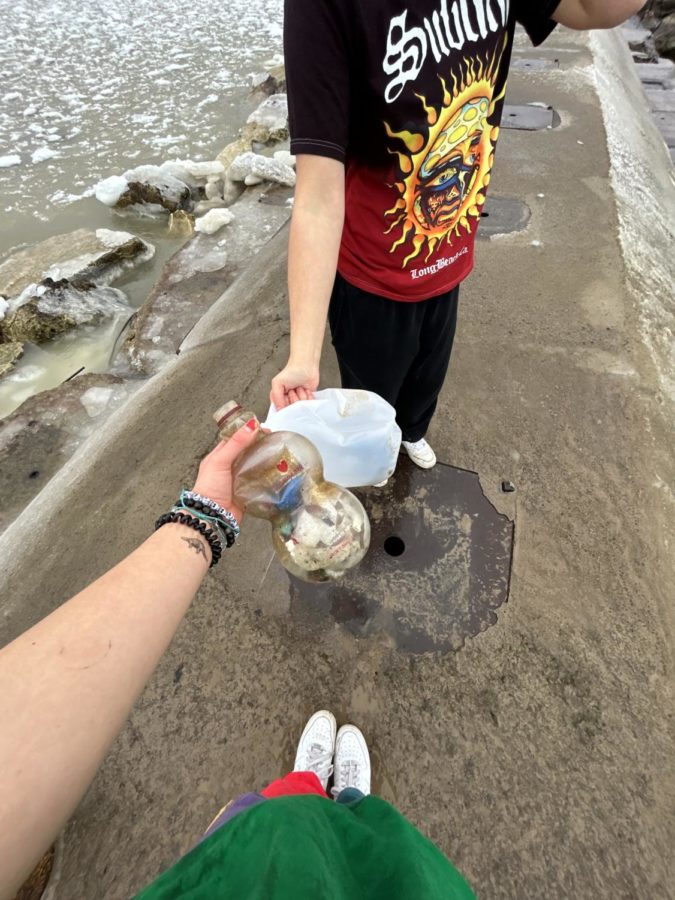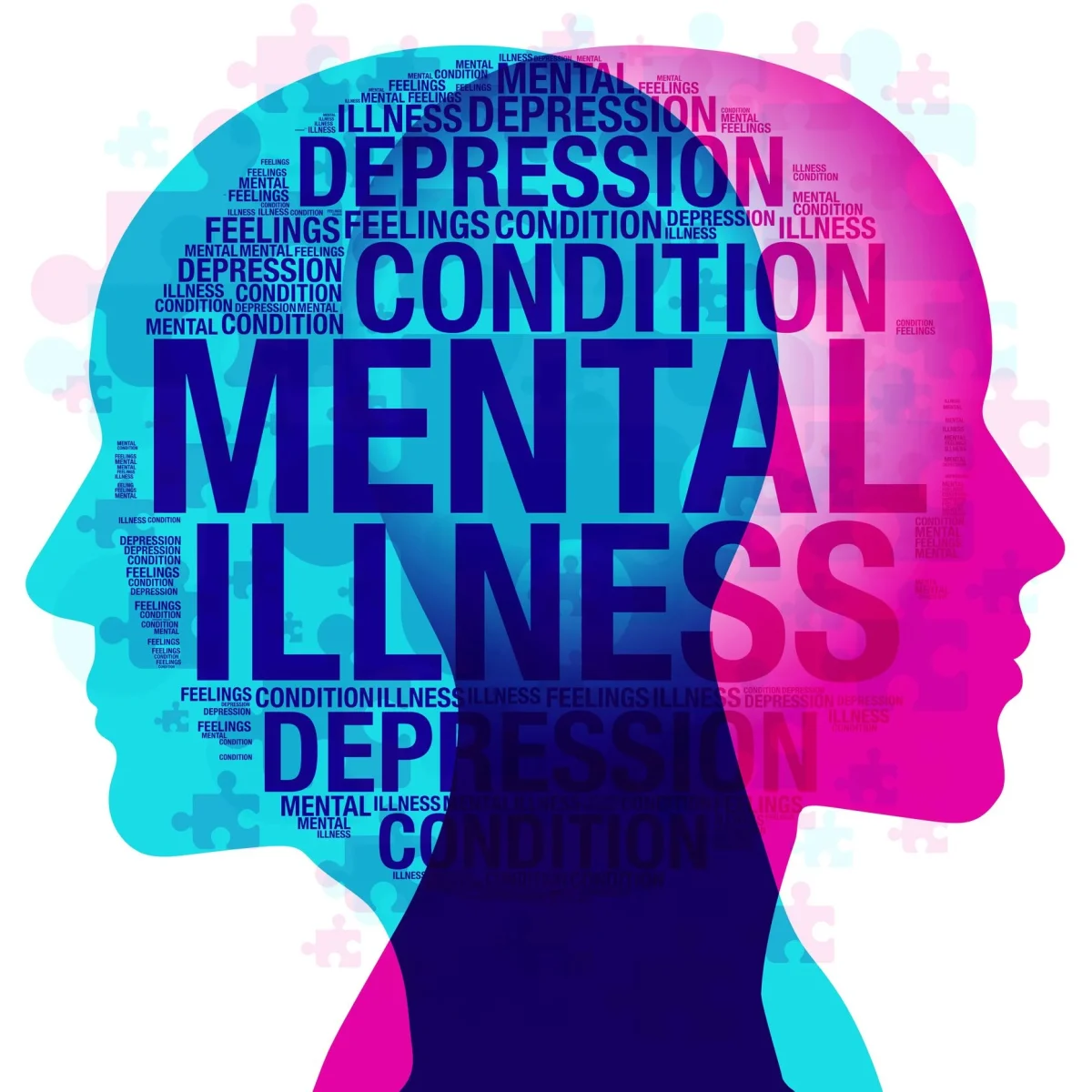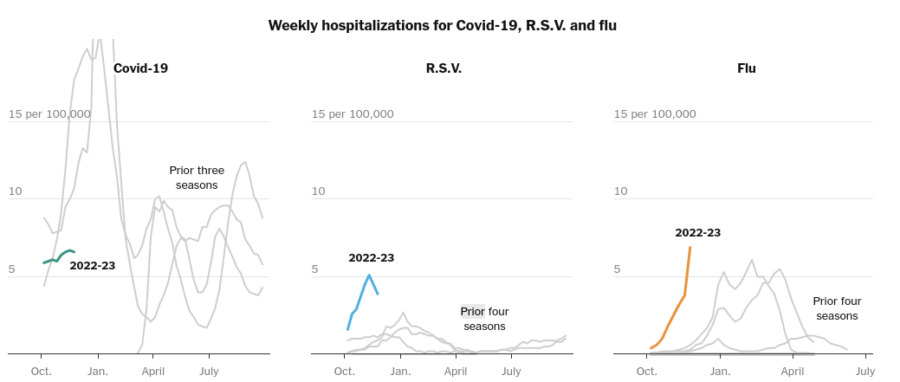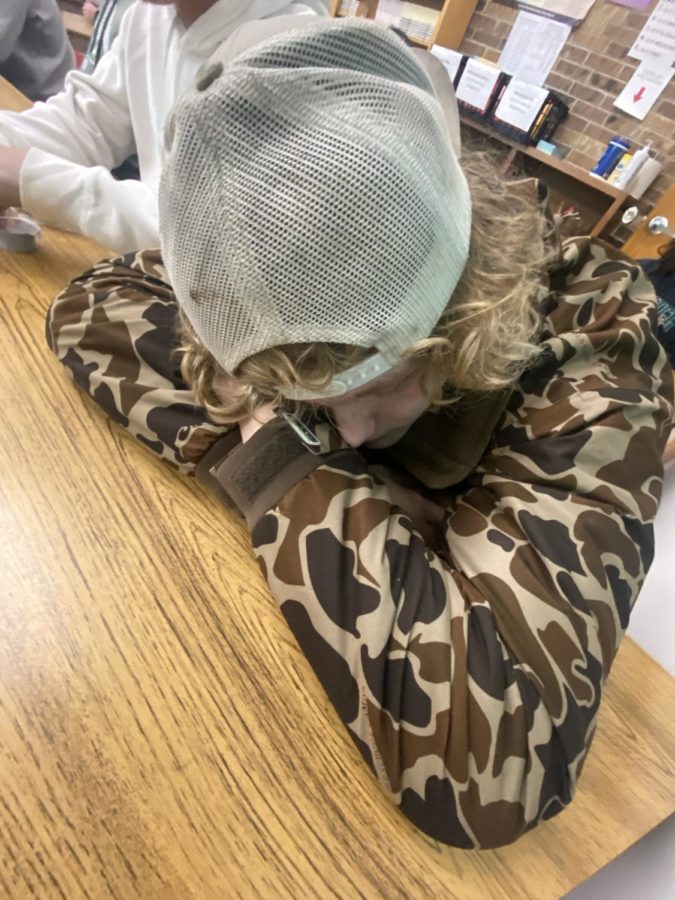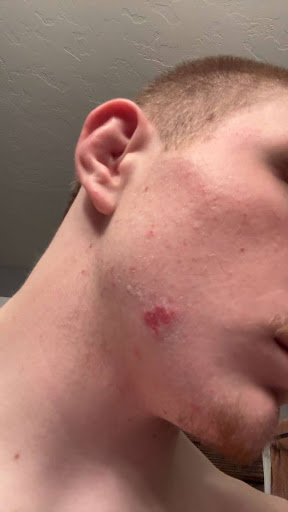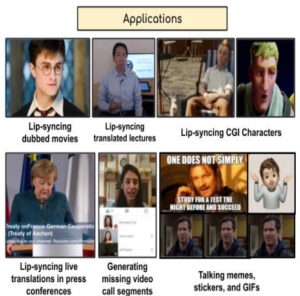Health class curriculum needs changes
January 9, 2017
By FAITH LEMAY
The Mirror reporter
Health classes across America are teaching false information and using scare tactics on the youth. Some curriculums are vague and miss key information needed to ensure that a teen is well-equipped with the knowledge to live a successful adult life.
Abstinence only sex education is telling students to not have sex while providing little to no information about the topic. This then becomes taboo and will make some students want to do it even more, or they will do it without knowing the risks involved.
The federal government has invested more than 1.5 billion in state and federal dollars since 1997 into prescriptive abstinence-only and abstinence-only-until-marriage programs that are, at best, ineffective, according to Advocates for Youth.
According to AmericanProgress.org, in states that use abstinence only sex ed the teen birth rate is higher. A 2007 poll of voters conducted by the National Women’s Law Center and Planned Parenthood Federation of America yielding results that more than three out of four respondents preferring comprehensive sex education curricula, while only 14 percent favored an “abstinence-only” approach.
Many abstinence-only curricula contain “false, misleading or distorted information.” A 2004 investigation, while many years ago, some schools do not change curriculum frequently enough, by the minority staff of the House Government Reform Committee reviewed 13 commonly used abstinence-only curricula taught to millions of school-age youth.
The study concluded that “two of the curricula were accurate but that 11 others, used by 69 organizations in 25 states, blurred religion and science, and contained unproven claims and subjective conclusions or outright falsehoods regarding the effectiveness of contraceptives, gender traits, and when life begins,” according to AmericanProgress.org.
Among the misconceptions and outright falsehoods were; a 43-day-old fetus is a “thinking person,” HIV can be spread via sweat and tears, half of gay male teenagers in the United States have tested positive for HIV, pregnancy can result from touching another person’s genitals, condoms fail to prevent HIV transmission as often as 31 percent of the time in heterosexual intercourse and women who have an abortion are “more prone to suicide,” according to advocatesforyouth.org.
Consent is key when talking about sex. Yes means yes and no means no. If someone is under the influence of any drugs or alcohol they cannot legally give consent to anyone. Not resisting does not mean yes.
There must be a clear agreement between two people. Consenting in the beginning does not mean it automatically exists a few minutes later. If someone is passed out at a party and they can’t say no, that is a not a yes.
According to advocatesforyouth.org, America wants its youth to be informed because 98 percent wanted youth to learn about HIV and AIDS and 83 percent wants youth to learn how to put on a condom. Additionally, 71 percent wants youth to know that “that teens can obtain birth control pills from family planning clinics without permission from a parent.”
In my ninth grade health class the only 100% preventative way to not get pregnant and be STD free was abstinence, which is true, it was hammered into everyone’s heads so that it made people in my class scared of sex, and the subject seem extremely taboo.
Condoms were talked about, but they were the main emphasis when it came to heterosexual intercourse which was also the only kind of sex discussed. We were never even told that a condom can be put on the wrong way.
Birth control has many forms such as implants, patches, the pill, a female condom, a shot, a sponge and even a vaginal ring, an IUD, a diaphragm, a dental dam, the morning after pill, even sterilization.
Only a few of these options were talked about, and if we did talk about them it was very brief and they were not explained well. My teacher just read off of PowerPoints filled with short bullet points in a monotone voice without expanding on the ideas. Some of these only protect against STDs and not pregnancy, some both. We were never taught how to use them or where to obtain any of them safely, again, making them all feel foreign.
One of my friends took health online and she said that the definition of sexual intercourse was when a penis entered a vagina. That was the only definition, nothing else. That definition excludes members of the lesbian, gay, bisexual and transgender (LGBT) community.
Virginity is a social construct as well. The definition of what virginity is is different for every person. This was not talked about at all. Losing your virginity was discussed as if it was a piece of you that would fall off and be lost forever.
There is also a misconception in health classes across America, and society when it comes to what happens during intercourse involving a vagina. A hymen is a membrane that partially closes the opening of the vagina and whose presence is traditionally taken to be a mark of virginity.
In reality, some women are born without a hymen, some women’s are smaller than others, some women break their hymen in their youth by accident, like riding a horse, falling onto an object at the wrong angle, girls in gymnastics/dance, etc. It’s not a “cherry” that can be popped which symbolizes that a woman is not a virgin anymore because she does not have an intact hymen.
Members of the LGBT community often feel like health classes do not encompass them in the curriculum. In my health class my teacher said something along the lines of, “some people are homosexuals…” and moved right along.
According to American Progress.org, a national survey found that only four percent of LGBT youth in middle school and high school report having any positive discussion of LGBT people or issues in their health classes.
Sex education materials often assume students are heterosexual and non-transgender. Only 12 states require discussion of sexual orientation in sex education, and, of those, three require the teaching of inaccurate and negative information.
Health class curriculum also contributes to a climate of exclusion in schools, where LGBT students are already frequent targets of bullying and discrimination.
There are preventative measures that members of the LGBT community can take to have safe sex. Products like condoms, dental dams, getting vaccinated and getting tested regularly for STDs can be used. These tools can help anyone who is sexually active.


